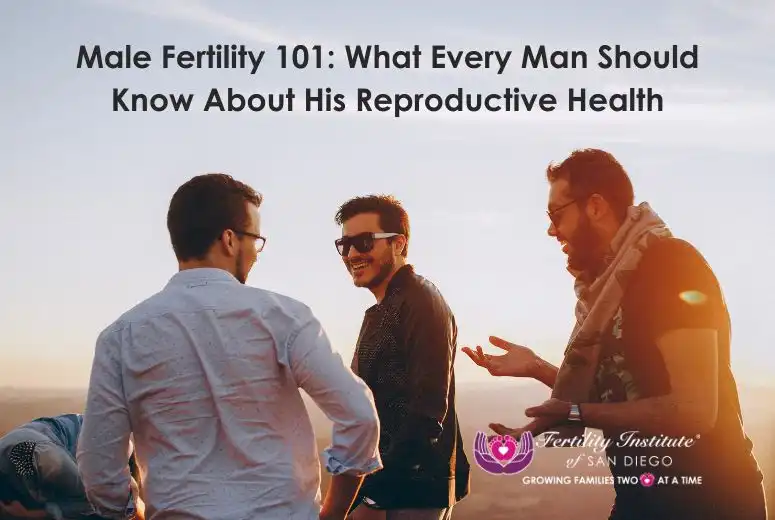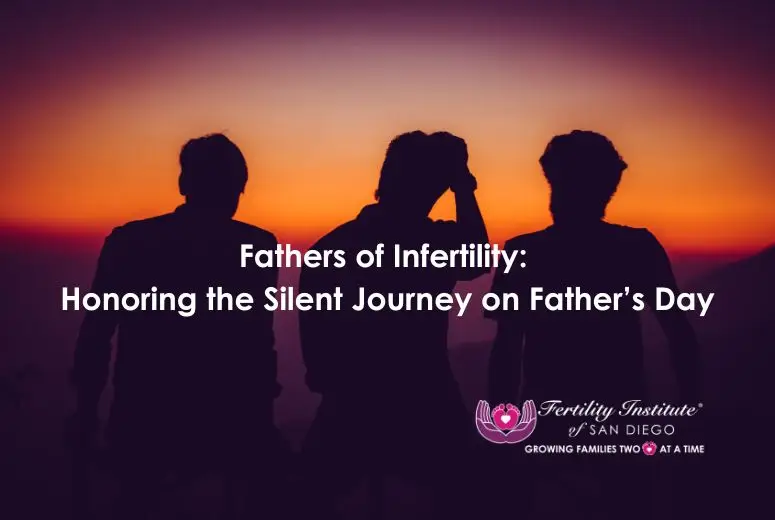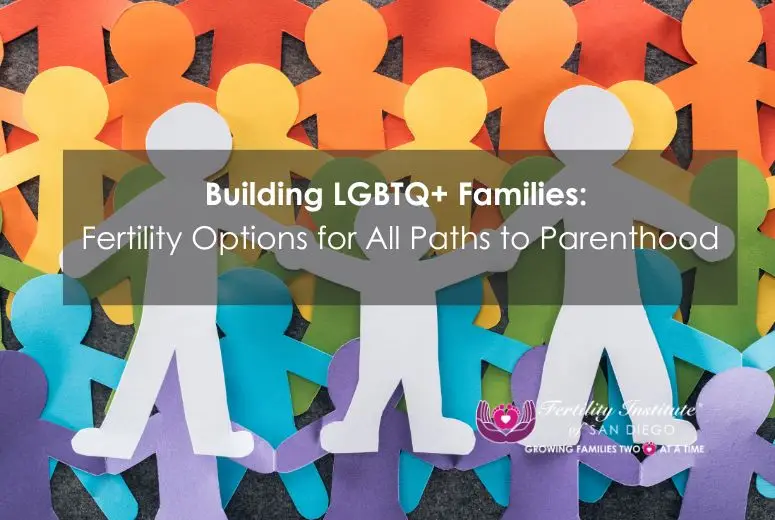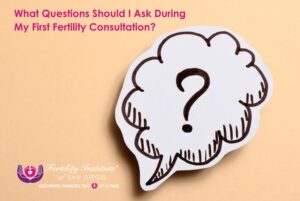The World Health Organization (WHO) recently announced that 1 in 6 people around the world is being affected by infertility. What makes this news alarming is that this number was 1 in 8 for a very long time and it is now increasing.
Sadly, infertility is now affecting more men and women across the globe, with infertility impacting men as much as women. While there are treatments for it in many cases, not everyone feels comfortable talking to their doctor. Especially for men, the stigma surrounding infertility can keep them from seeking out the treatment they need.
The WHO’s report states that the rates of infertility are similar across regions and countries, showing a global prevalence of 17.5% over a lifetime. Income and other classification factors don’t have much bearing on infertility rates. Where the difference comes in is how people handle the struggles and the options they have available to them. Inequality of care can be a factor, and people in countries with lower incomes may not have as much income to spend on IVF.
Even though the WHO has made public statements in the past about overpopulation, the organization realizes this is a separate issue from people who want to have a family and aren’t able to do so. As such, bringing issues with infertility to light is very valuable for anyone who wants to start or grow their family and needs help and support, as well as good and accurate information.
Inaccessible and underfunded are among the words the WHO report uses to talk about infertility care around the world. By bringing the issue to light, though, the hope is that more people will be able to find the care they need. Since this is a worldwide problem, big solutions will be required to reduce its impact, and understanding the significance of it is the first step.
It is also important to mention diminished ovarian reserve and how it affects fertility. DOR is a condition in which the ovary loses its normal reproductive potential, compromising fertility in women who are 35 and older. Women who are 35 years or older should only wait 6 months (not the typical one year) of trying before seeking a medical workup. A medical workup that may consist of a blood test, ultrasound, hysterosalpingogram, semen analysis or other testing methods that will help diagnose the issue and create a plan moving forward.
We would love to support you on your fertility journey and we know how difficult it is to get started. You are in the perfect place and our fertility team will guide you through every step of the way, up to your Graduation Day. Contact us today to learn more!
















